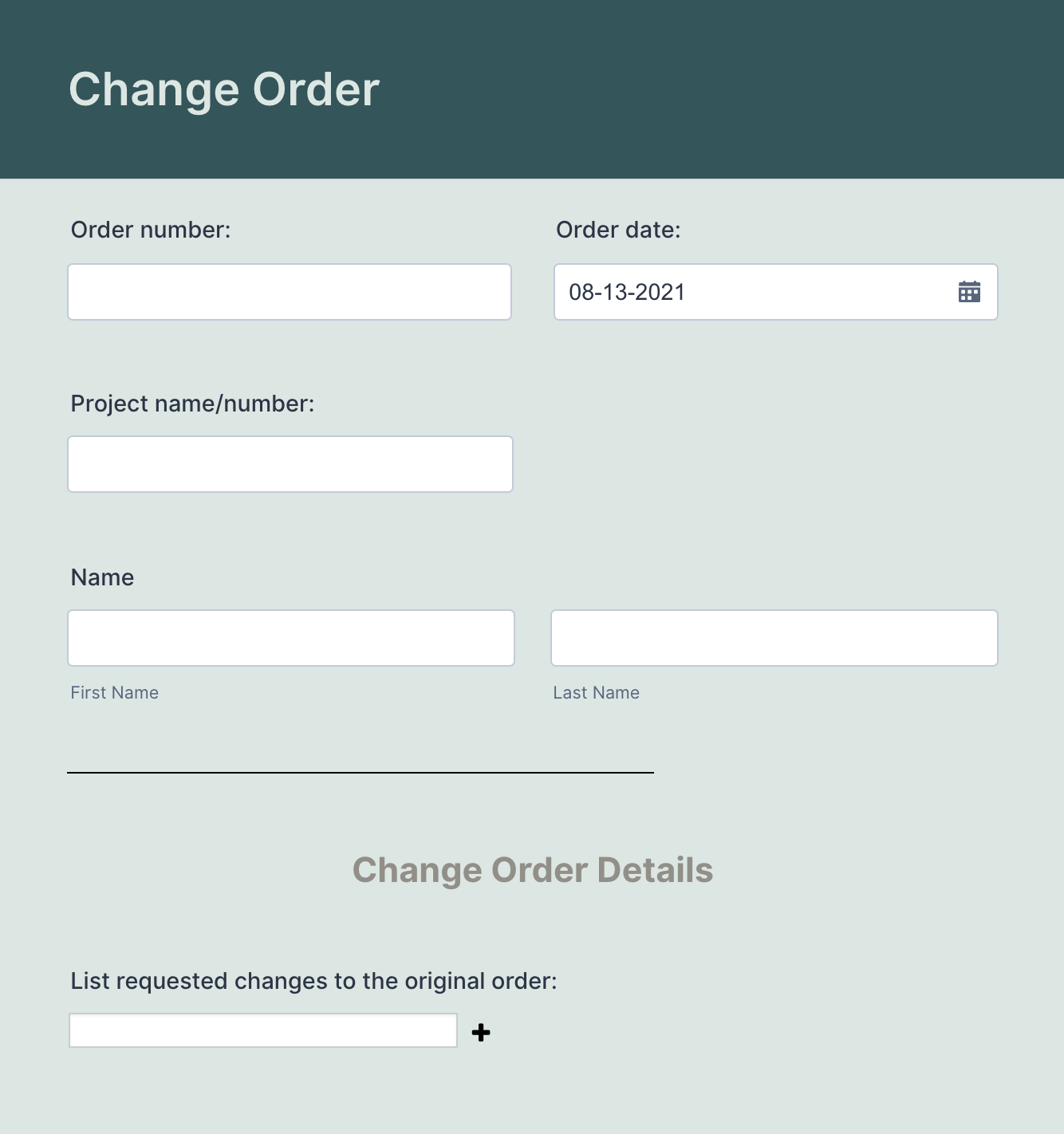Successful project managers are always focused on ensuring that their teams complete projects on schedule and within budget, but this is much harder to do than most people realize. Complex projects often end up taking longer and costing more than what was originally planned.
There’s a lot of literature out there that examines why projects fail, and most comes to similar conclusions. Unsuccessful projects are a result of incomplete or poorly considered requirements, an insufficient change control process, changes in scope, and a poorly structured methodology for project management.
It’s easy to see that the leading causes of project failure are intertwined. It’s also easy to connect the dots from a poorly conceived project to expanded scope that includes unanticipated contingencies, or from unstructured project management to change requests that drive up costs and extend completion times.
The obvious way to avoid delays and cost overruns is to avoid making changes midstream, but a project manager doesn’t always have control over every aspect of a project. Some projects are so big and take so long to complete that new technology or materials come out that weren’t available when the team drew up the specifications. Or the client changes their mind about materials while the project is underway.
Ideally, the project scope and the final contract are so detailed and comprehensive that everything will go smoothly from start to finish.
This isn’t a big challenge if the project is something on the order of a residential bathroom renovation, but if the project is more on the scale of building a new high-rise apartment building, it’s likely that either unanticipated circumstances or shifting client preferences will result in some change between the beginning and the completion of the project.
Neglecting to create a change control process is among the most common causes of project delays and cost overruns.
In general, the project management method for “going with the flow,” so to speak, is to include a change control process in the original contract. Any changes have to go through a request and review process, the team factors in the time and cost of the change, and the client signs off on these changes. That way, the client knows precisely where the project is in the process, even as the team is making changes.
Here are a few tips to create a change control process that keeps your team on track.
Establish how you want to field changes
Project success begins by establishing a well-planned and thoroughly researched project scope and goals to go along with it, but it’s a very rare project that’s so well planned it goes from start to finish without any changes.
Circumstances change, new facts demand adjustments, and unanticipated contingencies arise, all of which require nimble project managers to make changes. But if you have an established process for proposing, reviewing, and approving changes, staying on schedule and budget gets a lot easier.
Jotform offers a free change request approval process template that makes the process clear to everyone involved. You can customize the template in a few clicks, without coding, by dragging and dropping workflow elements such as outcomes, emails, and conditions onto the template.
The project manager can delegate change approval authority and track the process in Jotform Inbox. This assures that your team won’t overlook any change requests.
Update project documents as you go
Projects are essentially a way to organize people and resources to achieve a defined goal by a determined (or approximate) date. And for a project to be successful, a project plan has to lay out the specifics before the work begins.
In a complex endeavor, every change has an impact on the deadline and budget. A well-organized project specifies the team working on the project, their budget, the schedule, and the expectations they need to meet so that it’s possible to track how the project is moving along and what changes will mean for the schedule and budget.
One way to track the effects of individual changes as they go through the approval process is by using Jotform’s change order forms.
Many construction companies use these templates to update the terms and conditions of contracts, budget amounts, and completion dates of an ongoing project as changes take effect. The client can complete the change order form, and project managers get automatic notifications when requests come through.
This helps the process move more smoothly and helps project managers keep their clients looped into the implications of each change.
Stay on top of the project
Managers of smaller teams engaged in complex tasks, such as software or website development, typically use a change log. By logging notes about project changes, assigning a priority level, and noting which team members are responsible for the changes and when work is due, project managers are able to update the original project assumptions for cost and completion.
Jotform change log templates are a great way to simplify this process. It’s easy to customize these templates to record any relevant information and display it as a spreadsheet or calendar. This helps project managers keep teams organized and on schedule. And they can access the information on their mobile devices by using the free Jotform Mobile Forms app.
Change control is an integral part of project management. Team leads need to put in the time on the front end to draw up a sound project plan, including clearly designating responsibility for meeting credible deadlines.
Before you get started with your project, don’t forget that establishing a well-planned, automated process is the best way to handle change requests, reviews, and approvals and to update budgets and schedules as needed.





































Send Comment: